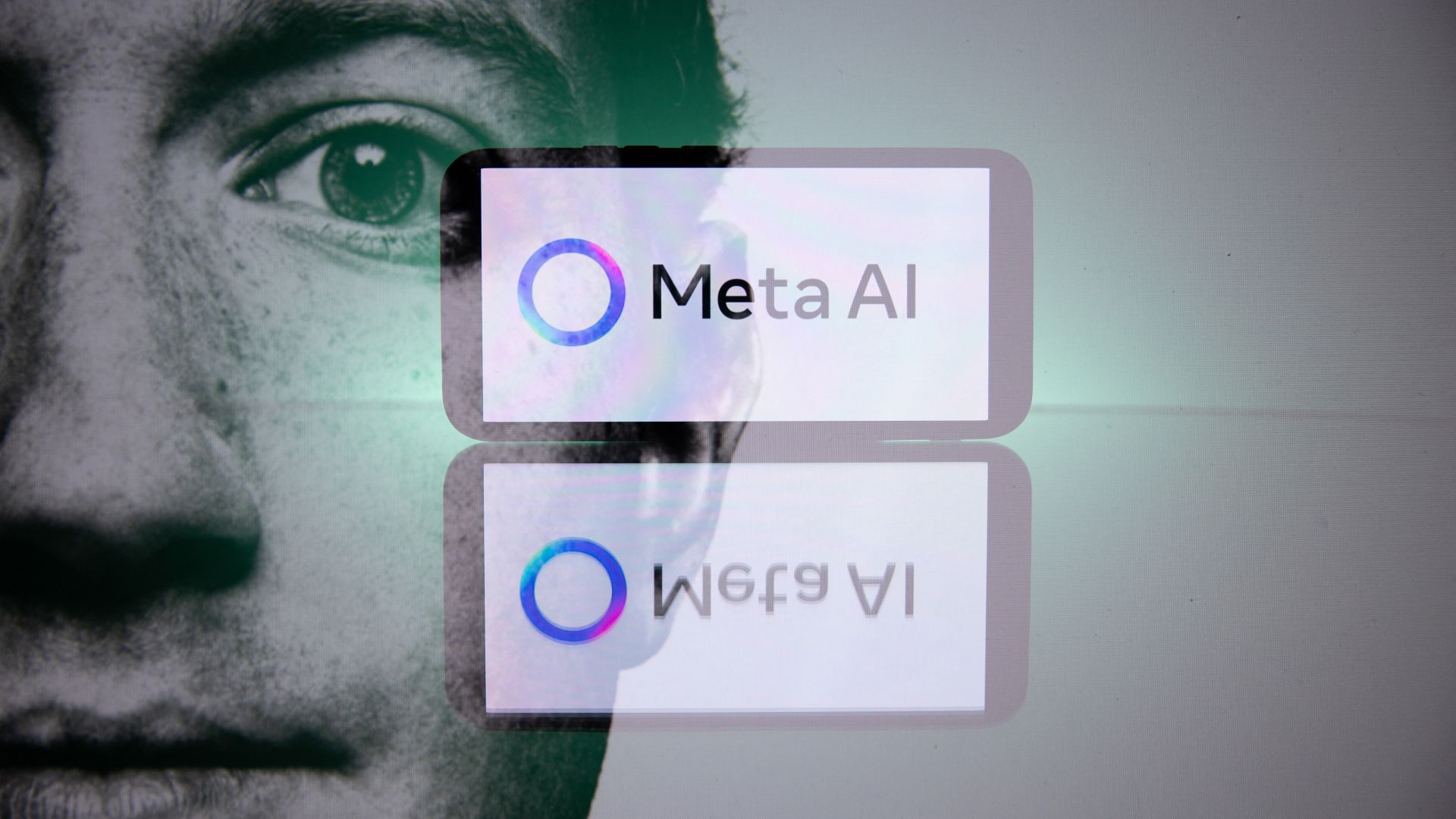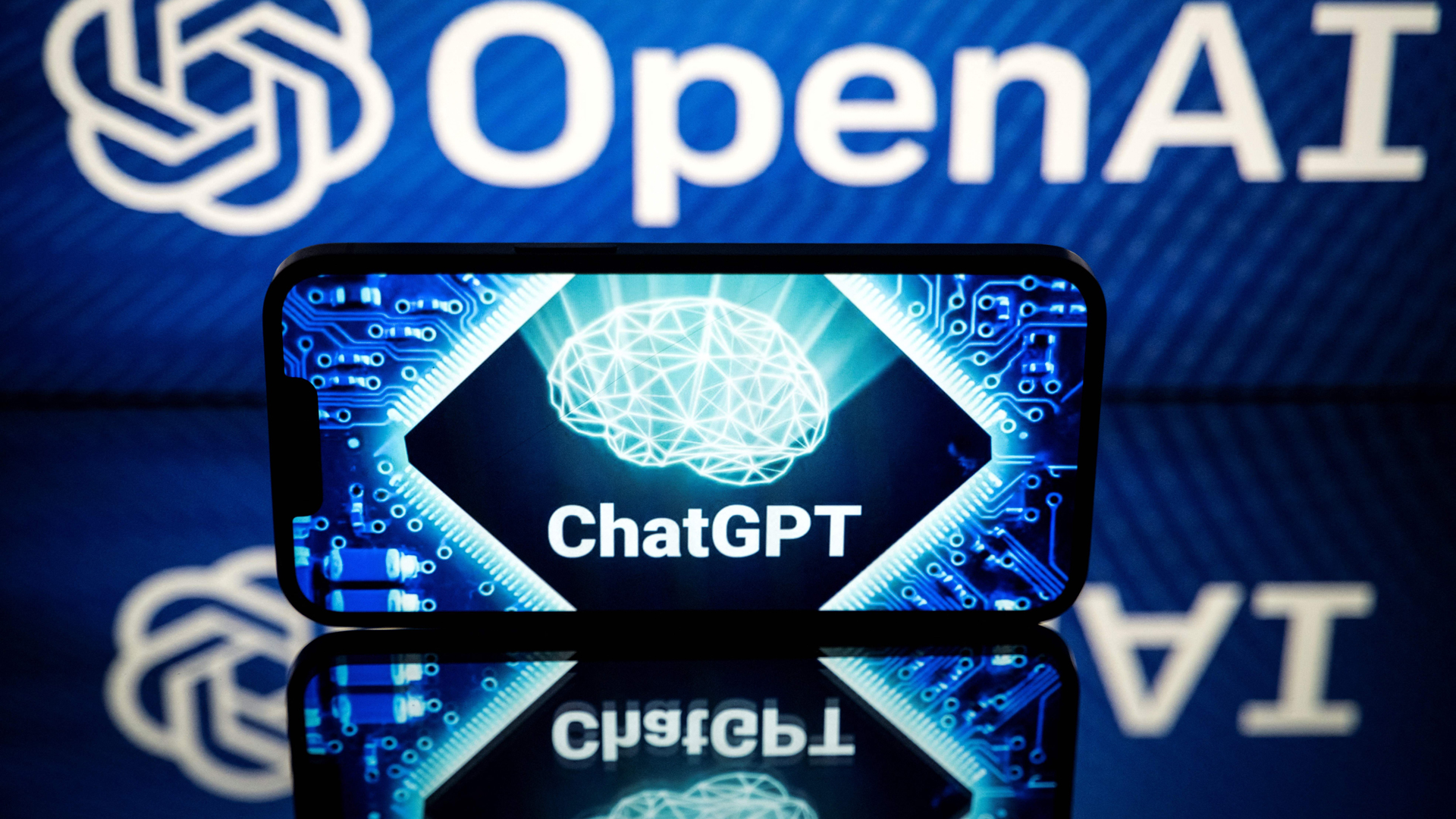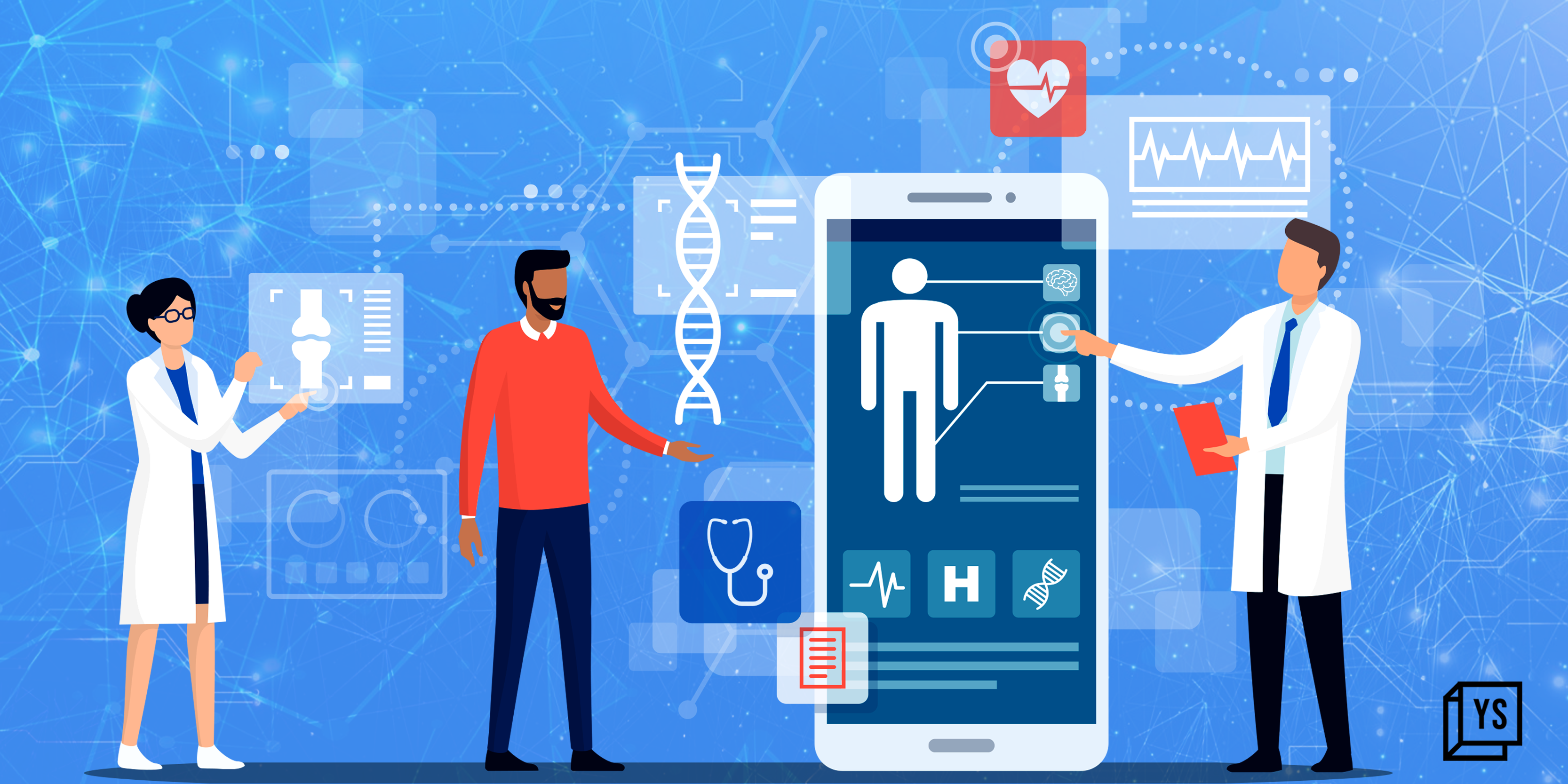AI in Software Development: Exploring Key Opportunities and Overcoming Challenges
The development of artificial intelligence (AI) has revolutionized global markets, and software development is no different. With companies and organizations continuing to look for ways through which they can become more productive, efficient, and innovative, AI has grown into a very efficient tool in the software development process. Whether applied to the automation of boring work or helping in decision making, AI has the potential to revolutionize the software development process of getting designed, tested, and maintained. But as with all new technology, applying AI in software development has some issues as well as challenges and prospects. Giant Opportunities of Using AI in Software Development 1. Automation of Boring Work Software development is largely comprised of routine and time-consuming tasks that require little human involvement. Code beautification, error checking, or test case generation are some of the tasks that can consume precious time and resources. Computer programs in the guise of code completion software and bug correct programs can automate these for you, allowing programmers to concentrate on more intricate and innovative areas of programming. For example, computer Integrated Development Environments (IDEs) provide auto-suggestions, auto-completion, and error checking, thereby making coding efficient and faster. 2. Code Generation and Help AI is increasingly being utilized to assist with the coding, either by proposing from earlier work or by automatically producing boilerplate code. This makes it possible to save much time that would have otherwise been taken writing from scratch. Tools such as GitHub Copilot, using OpenAI, are but one method with which AI is able to explore the patterns that exist in available code and present optimized solutions. These tools reduce not only the level of hands-on coding, but also enable programmers to better follow best practice by presenting the best coding patterns. 3. Scaling Software Testing Testing is a critical step in the process of developing software that may prove time and resource-consuming. AI can be utilized to increase the efficiency of testing through automated generation of test cases, running tests, and even identifying bugs in code before rollout. Machine learning programs can test the susceptibility of software through learning from existing code, enabling developers to test with greater efficiency and address issues before they are major problems. 4. Predictive Analytics for Project Management AI is also making its mark on software project management. AI-based predictive analytics can provide insights into project timelines, resource utilization, and areas of potential risk. With reference to historical trends, AI-based tools can forecast bottlenecks, recognize patterns, and allow project managers to make more informed decisions. This improves the productivity of project delivery as well as places development teams on notice for impending challenges ahead of time. 5. Increasing Security Security remains the topmost issue in software development. AI can be used for real-time vulnerability detection and potential security vulnerabilities. AI-driven security systems can scan code in real-time and flag vulnerabilities along with providing patches prior to actual issues arising. Machine learning can also detect patterns of suspicious behavior in systems and hence early indications of potential breaches can be detected. Challenges of Interpreting AI in Software Development 1. Dependence on data quality For the AI to work, it depends on quality data that has been compiled. In creating software, there exists such data in the form of existing codebases, bug reports, or user logs. So long as there exists biased data, incomplete or inaccurate data for training the AI models, the AI system will be able to produce suboptimal outputs. And the need to continually update and maintain data places an additional layer of complexity to utilizing the AI-based tools. 2. Complexity of Implementation Although AI tools are highly valuable, applying them as part of existing software development practices is no cakewalk. Implementing AI within processes will not be an easy task for organizations if the development environment is not machine learning compatible or the machine learning capabilities of the AI software development team are low. The developers will need to change their skillset so that AI instruments can be successfully implemented, which will result in further training and investment in infrastructure. 3. Bias and ethical issues Justice and bias ethical concerns arise when handling the programming of AI software. In the event that AI is programmed using biased data, it has the possibility of converting discrimination into indirectly utilized code software in production. An example would be an AI hiring program where it ends
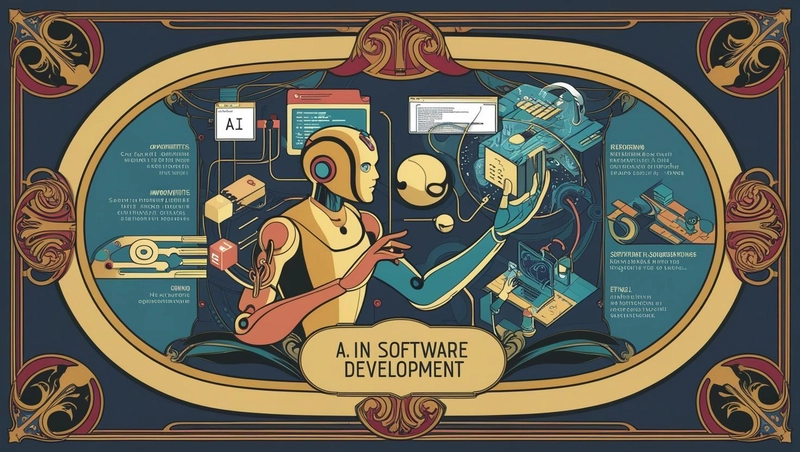

The development of artificial intelligence (AI) has revolutionized global markets, and software development is no different. With companies and organizations continuing to look for ways through which they can become more productive, efficient, and innovative, AI has grown into a very efficient tool in the software development process. Whether applied to the automation of boring work or helping in decision making, AI has the potential to revolutionize the software development process of getting designed, tested, and maintained. But as with all new technology, applying AI in software development has some issues as well as challenges and prospects.
Giant Opportunities of Using AI in Software Development
1. Automation of Boring Work
Software development is largely comprised of routine and time-consuming tasks that require little human involvement. Code beautification, error checking, or test case generation are some of the tasks that can consume precious time and resources. Computer programs in the guise of code completion software and bug correct programs can automate these for you, allowing programmers to concentrate on more intricate and innovative areas of programming. For example, computer Integrated Development Environments (IDEs) provide auto-suggestions, auto-completion, and error checking, thereby making coding efficient and faster.
2. Code Generation and Help
AI is increasingly being utilized to assist with the coding, either by proposing from earlier work or by automatically producing boilerplate code. This makes it possible to save much time that would have otherwise been taken writing from scratch. Tools such as GitHub Copilot, using OpenAI, are but one method with which AI is able to explore the patterns that exist in available code and present optimized solutions. These tools reduce not only the level of hands-on coding, but also enable programmers to better follow best practice by presenting the best coding patterns.
3. Scaling Software Testing
Testing is a critical step in the process of developing software that may prove time and resource-consuming. AI can be utilized to increase the efficiency of testing through automated generation of test cases, running tests, and even identifying bugs in code before rollout. Machine learning programs can test the susceptibility of software through learning from existing code, enabling developers to test with greater efficiency and address issues before they are major problems.
4. Predictive Analytics for Project Management
AI is also making its mark on software project management. AI-based predictive analytics can provide insights into project timelines, resource utilization, and areas of potential risk. With reference to historical trends, AI-based tools can forecast bottlenecks, recognize patterns, and allow project managers to make more informed decisions. This improves the productivity of project delivery as well as places development teams on notice for impending challenges ahead of time.
5. Increasing Security
Security remains the topmost issue in software development. AI can be used for real-time vulnerability detection and potential security vulnerabilities. AI-driven security systems can scan code in real-time and flag vulnerabilities along with providing patches prior to actual issues arising. Machine learning can also detect patterns of suspicious behavior in systems and hence early indications of potential breaches can be detected.
Challenges of Interpreting AI in Software Development
1. Dependence on data quality
For the AI to work, it depends on quality data that has been compiled. In creating software, there exists such data in the form of existing codebases, bug reports, or user logs. So long as there exists biased data, incomplete or inaccurate data for training the AI models, the AI system will be able to produce suboptimal outputs. And the need to continually update and maintain data places an additional layer of complexity to utilizing the AI-based tools.
2. Complexity of Implementation
Although AI tools are highly valuable, applying them as part of existing software development practices is no cakewalk. Implementing AI within processes will not be an easy task for organizations if the development environment is not machine learning compatible or the machine learning capabilities of the AI software development team are low. The developers will need to change their skillset so that AI instruments can be successfully implemented, which will result in further training and investment in infrastructure.
3. Bias and ethical issues
Justice and bias ethical concerns arise when handling the programming of AI software. In the event that AI is programmed using biased data, it has the possibility of converting discrimination into indirectly utilized code software in production. An example would be an AI hiring program where it ends up becoming biased towards favoring some over others because training could have been done to favor one. These are issues raised under transparency as well as accountability of AI decision-making.
4. Security Risks
Even though security can be improved through AI, there are risks to it too. The algorithm of the AI itself can be at risk of being hacked or manipulated. Adversarial attacks, which involve manipulation of the input data presented to an AI algorithm, render software's to act in an unpredictable manner and lead to malicious activity. With more involvement of AI in software development, security through AI should be ensured so that it is not provided for being used for malice.
5. Cost and Resource Appropriation
AI technology and application deployment in software development is extremely expensive to execute. Organizations have the opportunity to invest in specialist staff, software, and equipment when embarking on AI solutions. For small organizations or small startup firms which are newly formed with few resources, investment will outweigh the likely return, and AI deployment will be challenging.
Conclusion
The ability of AI to be used in software development can not be overlooked and there are infinite ways in which it can be utilized to automate processes, enhance productivity, and even improve the quality of software. But as with any new-emerging-tech tech, there are pitfalls and its adoption to which special care must be taken. The key to utilizing AI to its fullest potential in software development is knowing its limit and potential. With overcoming of data quality problems, ethics concerns, complexity in implementation, and security risks, organisations can capture the full capability of AI and achieve unprecedented efficiency and innovation within their software development process.












































































































































































![[The AI Show Episode 144]: ChatGPT’s New Memory, Shopify CEO’s Leaked “AI First” Memo, Google Cloud Next Releases, o3 and o4-mini Coming Soon & Llama 4’s Rocky Launch](https://www.marketingaiinstitute.com/hubfs/ep%20144%20cover.png)


















































































































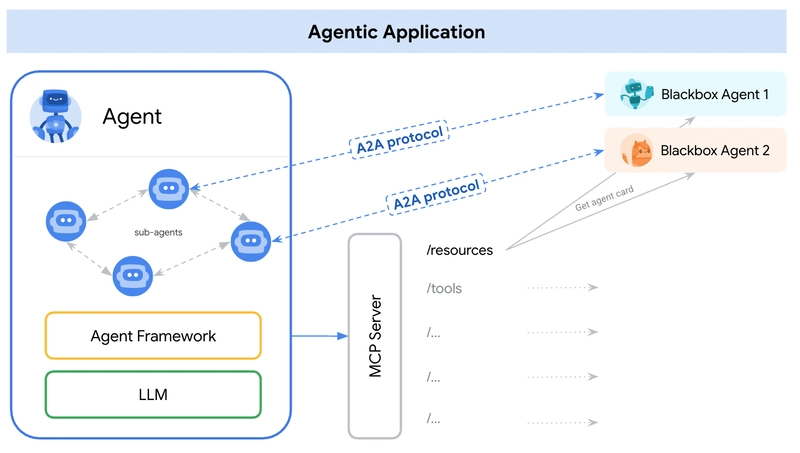

































































![Rogue Company Elite tier list of best characters [April 2025]](https://media.pocketgamer.com/artwork/na-33136-1657102075/rogue-company-ios-android-tier-cover.jpg?#)





























































































.webp?#)



























































































![Here’s the first live demo of Android XR on Google’s prototype smart glasses [Video]](https://i0.wp.com/9to5google.com/wp-content/uploads/sites/4/2025/04/google-android-xr-ted-glasses-demo-3.png?resize=1200%2C628&quality=82&strip=all&ssl=1)














![New Beats USB-C Charging Cables Now Available on Amazon [Video]](https://www.iclarified.com/images/news/97060/97060/97060-640.jpg)

![Apple M4 13-inch iPad Pro On Sale for $200 Off [Deal]](https://www.iclarified.com/images/news/97056/97056/97056-640.jpg)


















